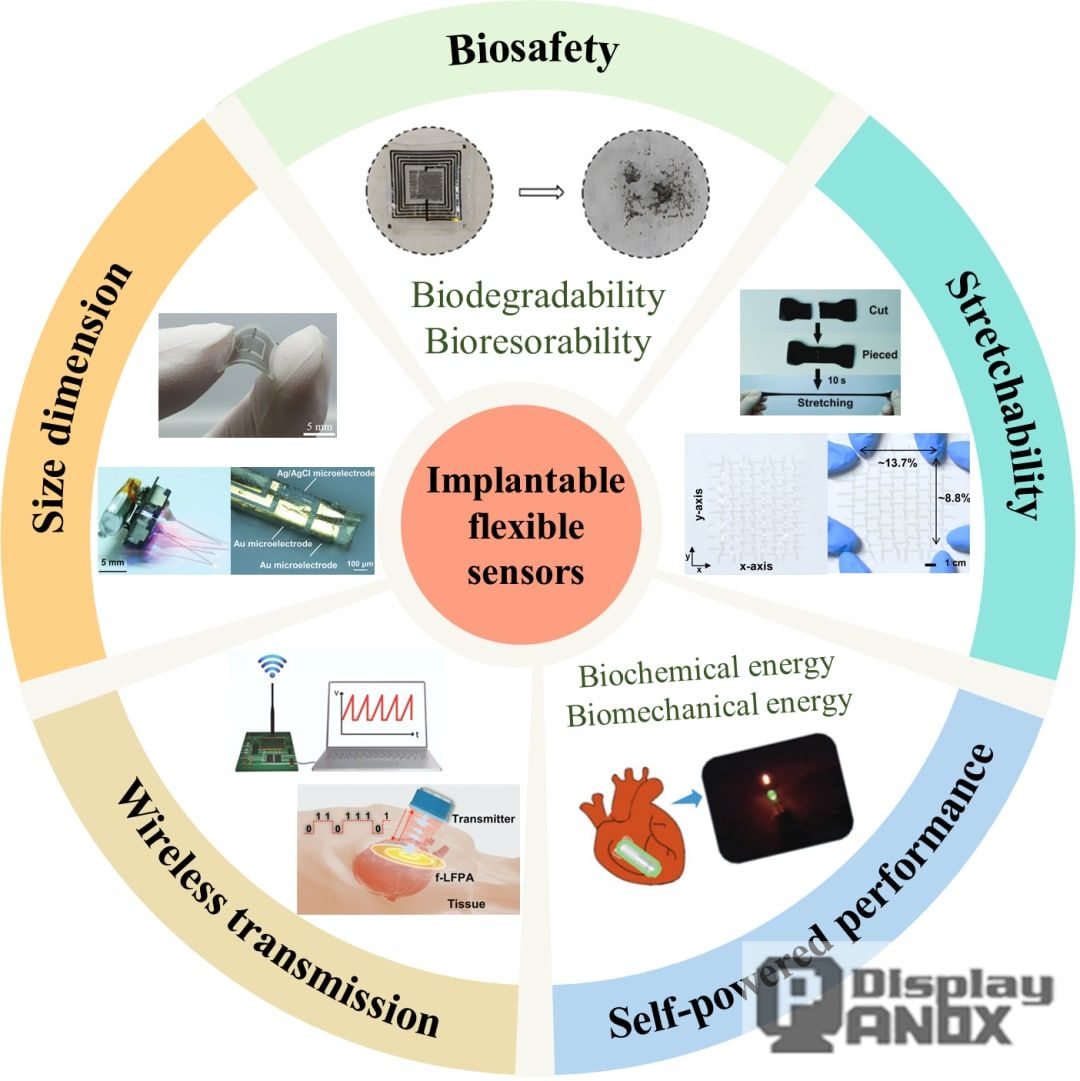
Flexible display technology is reshaping healthcare by enabling lightweight, bendable, and comfortable medical devices. Flexible OLED screens and flexible displays provide new possibilities for patient monitoring and clinical applications.
One key use is in wearable health monitors. These devices use flexible screen displays that fit naturally on the body, tracking vital signs like heart rate, blood oxygen, temperature, and ECG in real time. Compared to rigid screens, flexible OLED displays improve comfort and allow long-term continuous monitoring, benefiting chronic patients and remote care.
Advances in flexible screensensors have created thin, skin-like patches that non-invasively collect health data and send it wirelessly to doctors. These biosensors enhance patient mobility and reduce hospital visits by enabling remote monitoring.
In addition to wearables, flexible OLED display technology improves medical imaging and diagnostics. Foldable or curved displays give surgeons better ergonomics and clearer views during operations. Portable ultrasound devices with flexible display OLED screens offer high-quality images in compact, easy-to-use forms suitable for emergency or mobile clinics.
Furthermore, flexible screen displays are used in robotic surgery and augmented reality tools. Flexible, lightweight displays in surgical headsets provide real-time visual guidance, improving accuracy and outcomes.
Durability is also key—flexible OLED screens are made from materials that resist bending fatigue and sterilization, suitable for medical environments.
Looking ahead, combining flexible displays with AI and IoT will create smarter, personalized healthcare devices, enabling early disease detection and improved patient care.